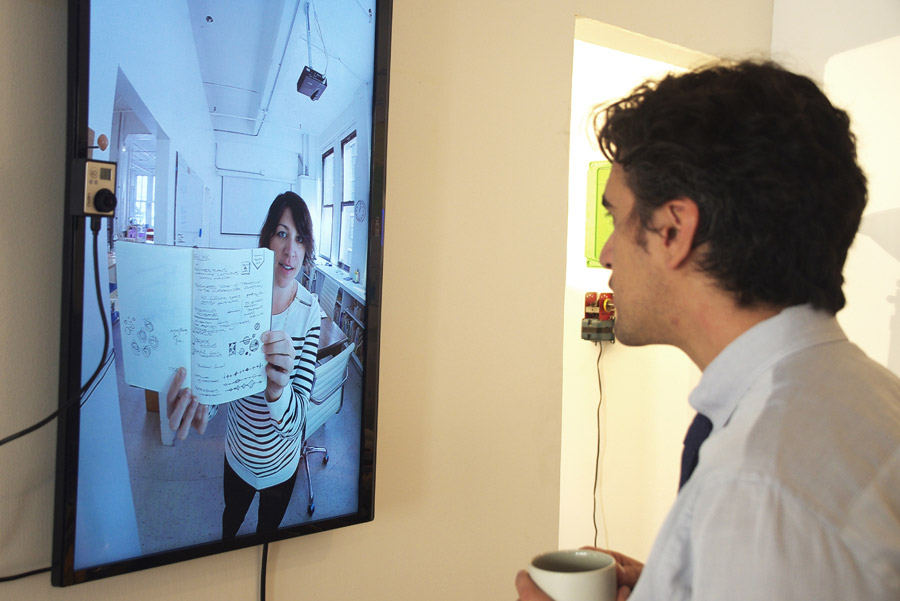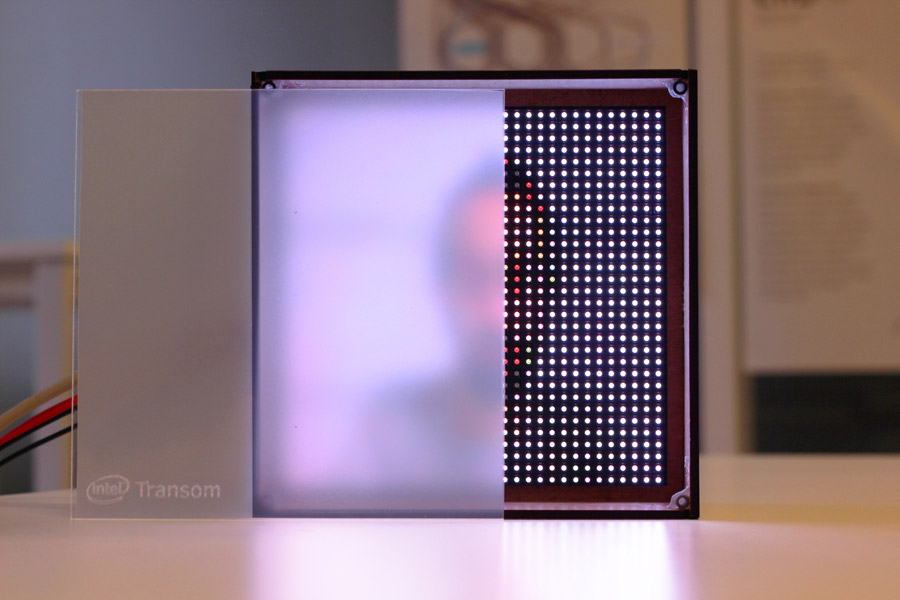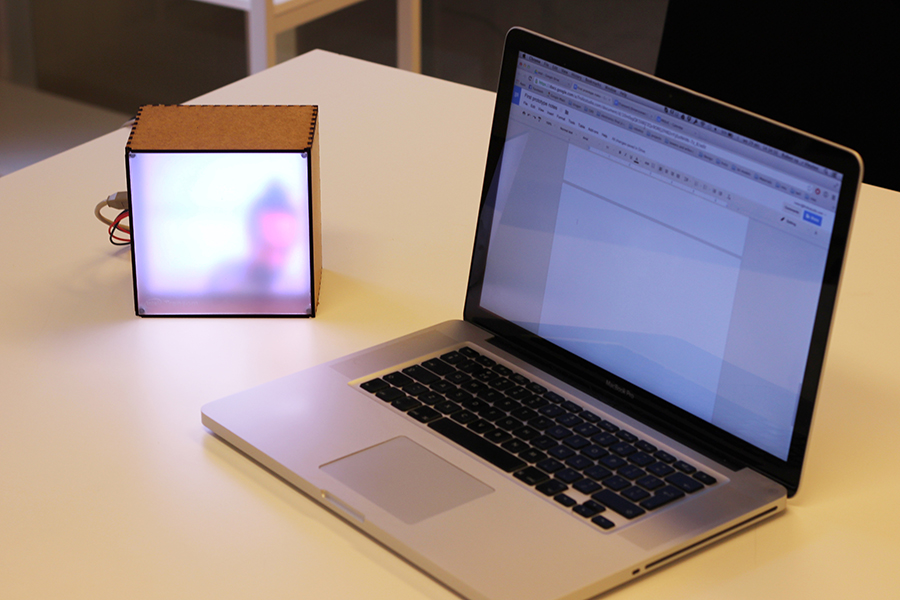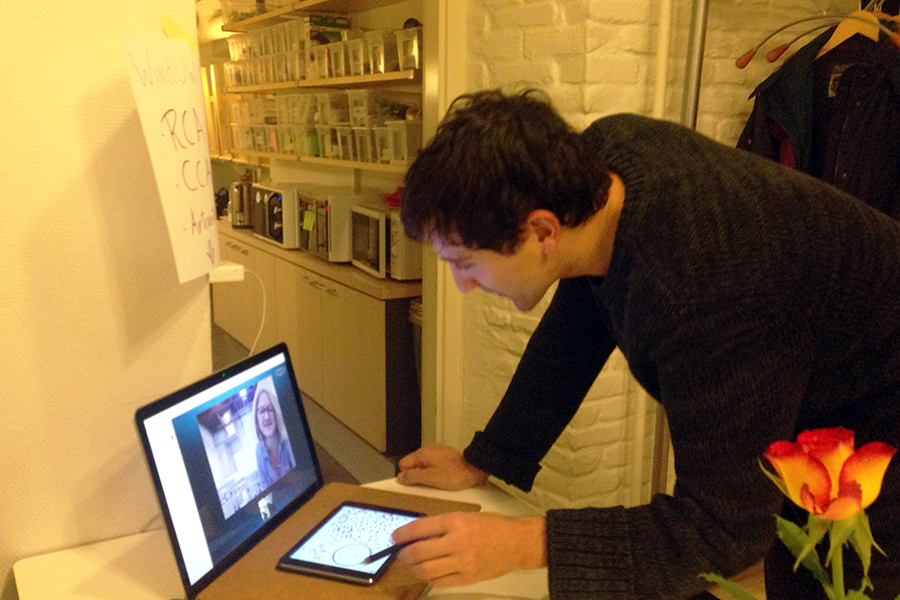Intel Window
Augmenting Collaboration with Live Connectivity
In 2014, Tomorrow Lab partnered with the Copenhagen Institute of Interaction Design CIID to provide workshop-driven research to Intel’s Design School Network aimed at identifying opportunities to increase adoption of Intel’s Galileo platform in a live-streaming and collaborative way. Over a two week sprint, we developed concepts and tools for usage of this platform and conducted workshops and user testing of prototypes with makers, designers, scientists and students in both NYC and Copenhagen.
We began studying the advantages, disadvantages, and targets for the Intel Galileo platform; possible analogous products for teardown and comparison; and a layout of a test research template and methods to increase adoption of the product. Next, we conducted a workshop with CIID to develop three initial concepts for testing. Once we confirmed that our prototypes could be used to augment live collaboration, we integrated students in design-driven programs to conduct the tests and provide feedback on each. These ideas allowed for easier access to communication tools, peer-to-peer learning, group collaboration, and tool sharing allowing users to also upload and download content in each concept.







